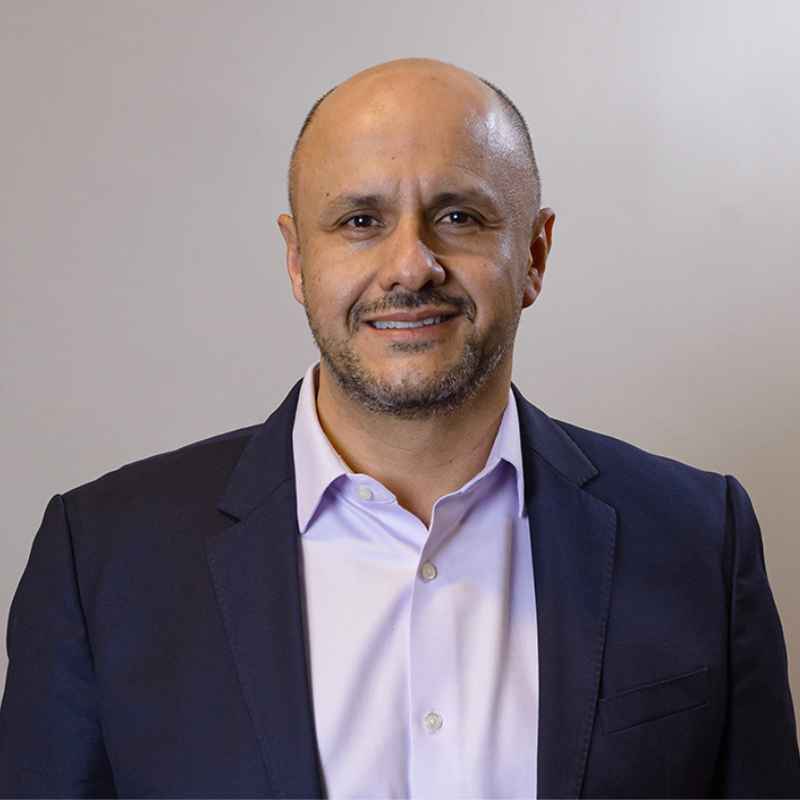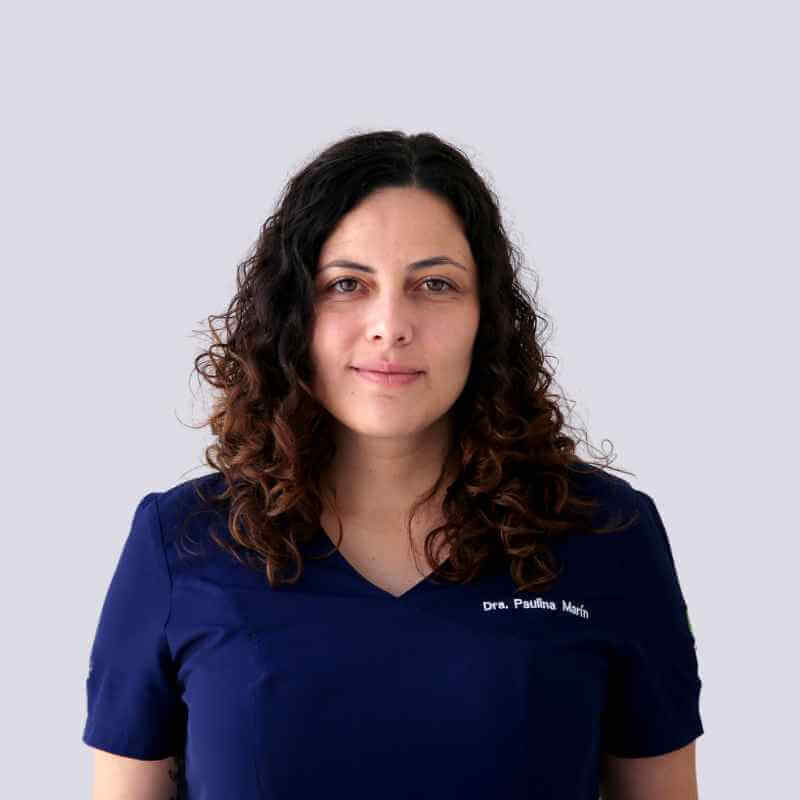GET BACK
ON YOUR FEET
Take advantage of epidural stimulation and our cutting-edge spinal cord injury treatments – improving quality of life for hundreds of patients.
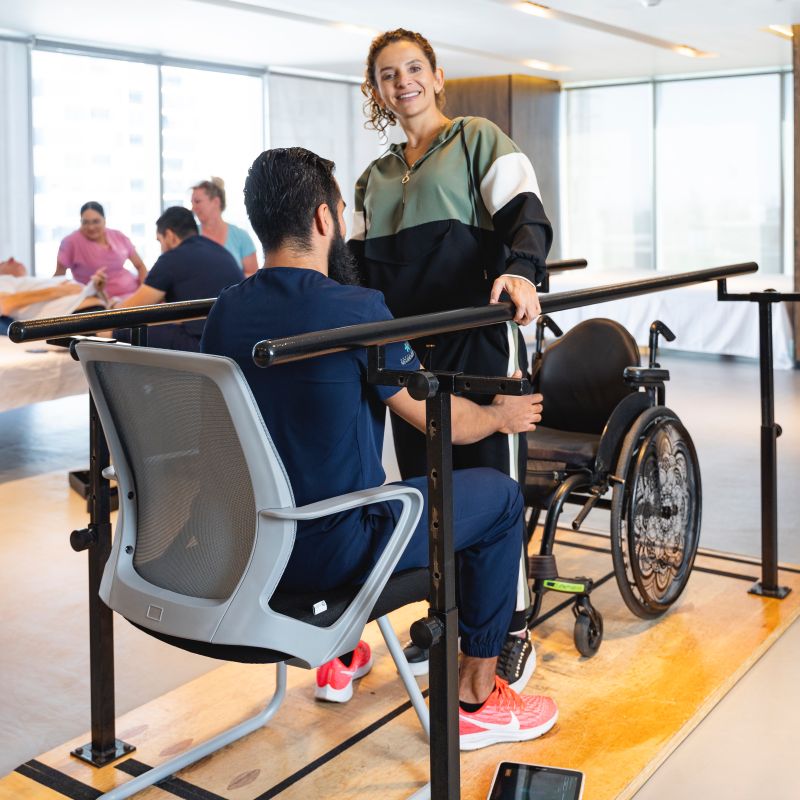


After you fill up the form below, you will be contacted by an experienced Patient Representative from Verita Neuro. All information and medical records will be held in strictest confidence
We know the heavy impact that spinal cord injury can have on the lives of patient’s and their loved ones, both physically and emotionally. A life of lost functions, therapy and rehabilitation can seem intimidating. That’s why, at Verita Neuro, we’re excited to offer innovative treatments which allow patients not just to live with spinal cord injury, but to thrive.
Our epidural stimulation protocol and stem cell treatment allows patients to achieve improvements in mobility and sensory functions, as well as improving overall comfort and quality of life.
Many also report that the treatment gave them renewed hope for their future.
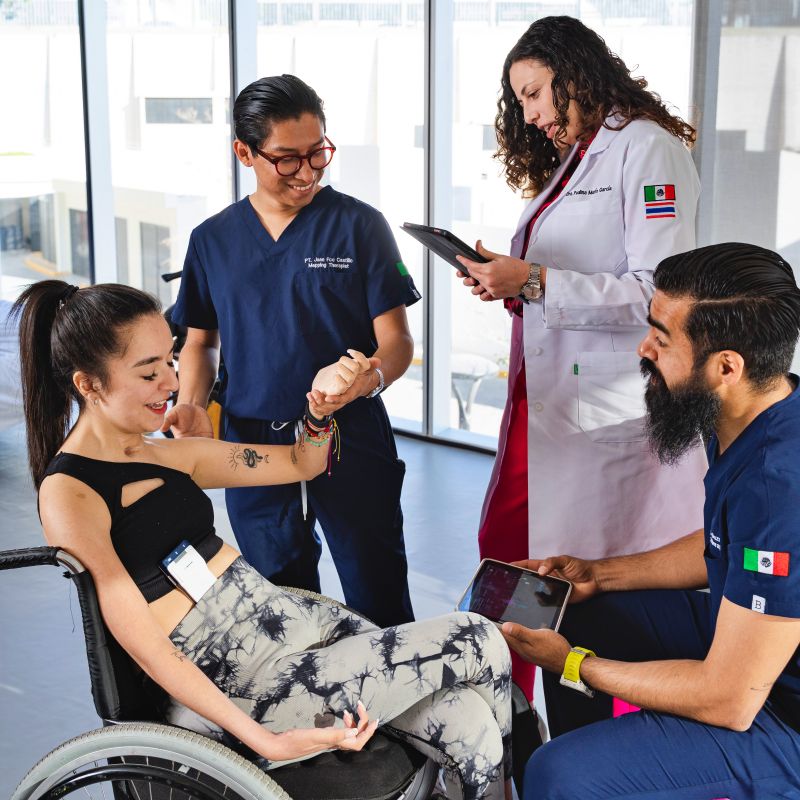
Epidural stimulation for spinal cord injury is a treatment suitable for injuries between the C4 and T11 levels and we treat both complete and incomplete patients.
Our epidural stimulation protocol combines implantation of a small stimulation device with stem cell treatment and physical & occupational therapy. The first step is implantation of the device, which is surgically placed on the spinal cord.The surgery is minimally invasive with a recovery time of around 2 days. The device then emits electrical currents which amplify nerve signals from the brain to spinal cord tissue below the level of injury, allowing the spinal cord to react. This enhances voluntary movement and the restoration of various involuntary body functions, such as blood pressure regulation.
All care plans are tailor-made by our team of doctors and personalised according to the patients needs. Our team is made up entirely of neurospecialists, from Doctors and Nurses to physiotherapists and you will be supported all the way, by your care team and dedicated Patient Representative.
Get in touch today to begin your journey to a healthier, happier and more hopefully you.
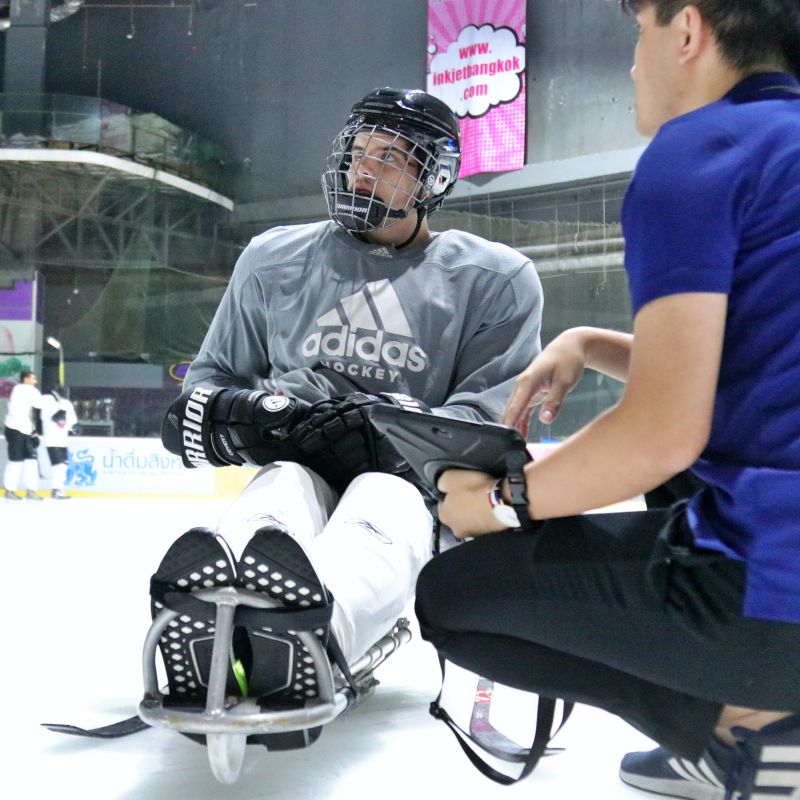
RYAN
T2 SPINAL CORD INJURY
Coming for the epidural stimulation here in Thailand has helped tremendously and I know it’s going to impact my life positively in the future.
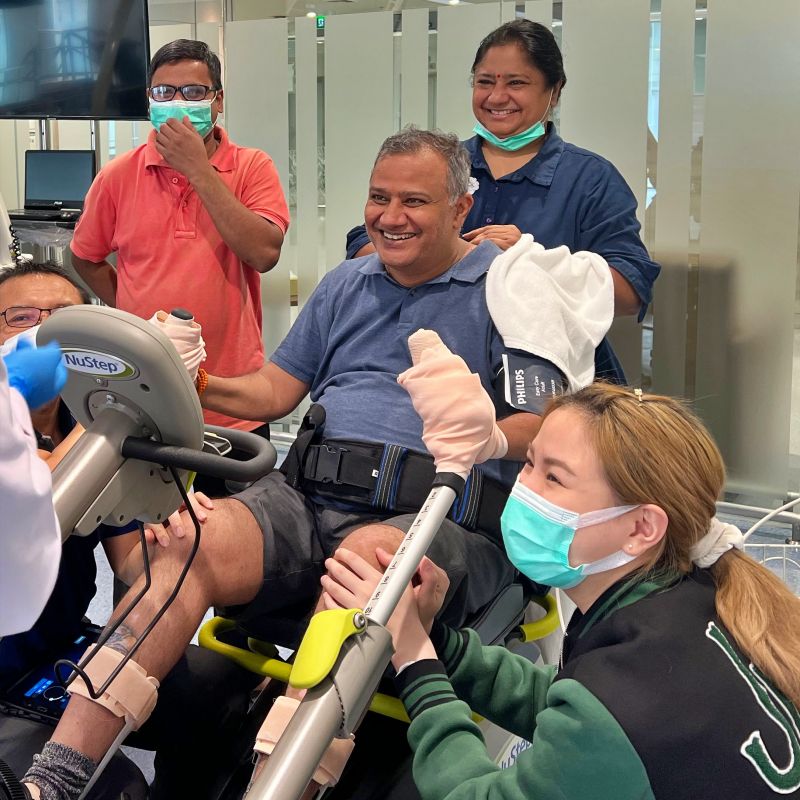
VIKAS
C6-C7 SPINAL CORD INJURY
As soon as they switched on the stimulator and I could see the movement in my ankle, I was in tears, because for the last two and a half years, I couldn’t see any movement in my legs or in my feet but that really made me more confident that yes, I can stand on my feet.
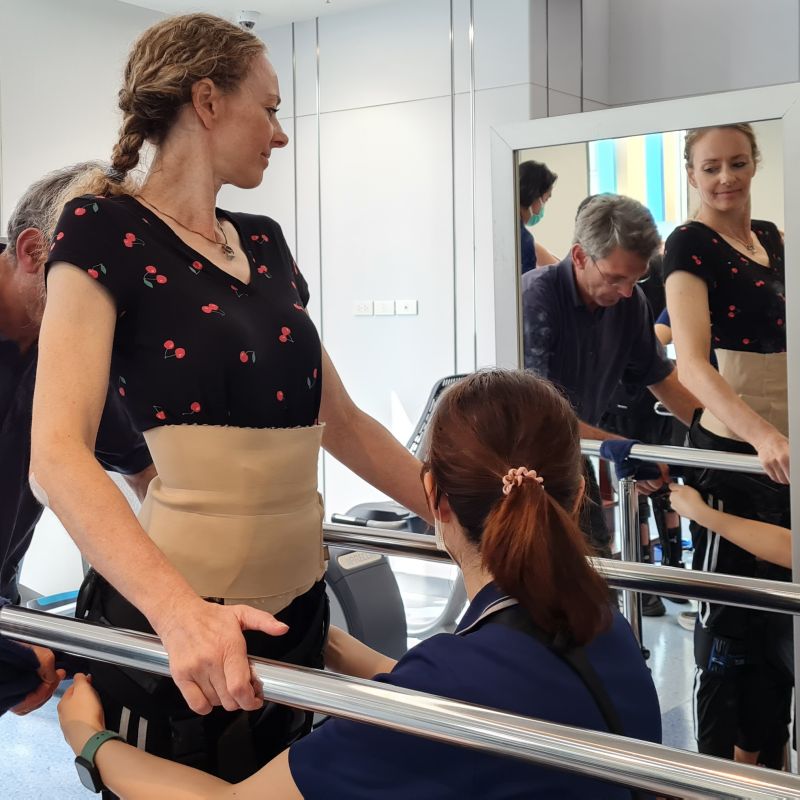
C6-C7 SPINAL CORD INJURY
I have improved a lot since doing this so I know if I keep working at it, I’ll improve more. It really does give you hope and then, when you see the improvements, that kind of fuels it more and more.



